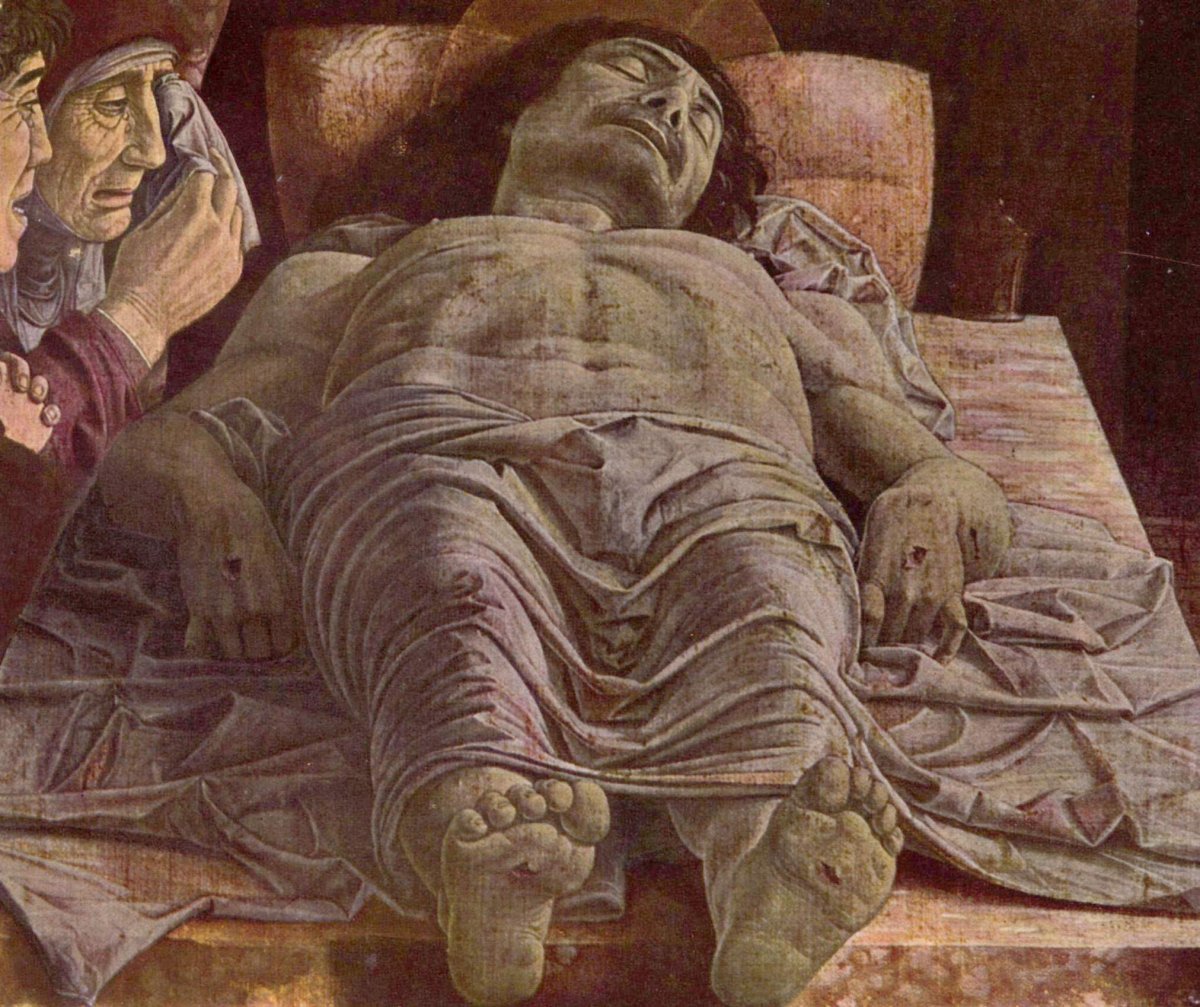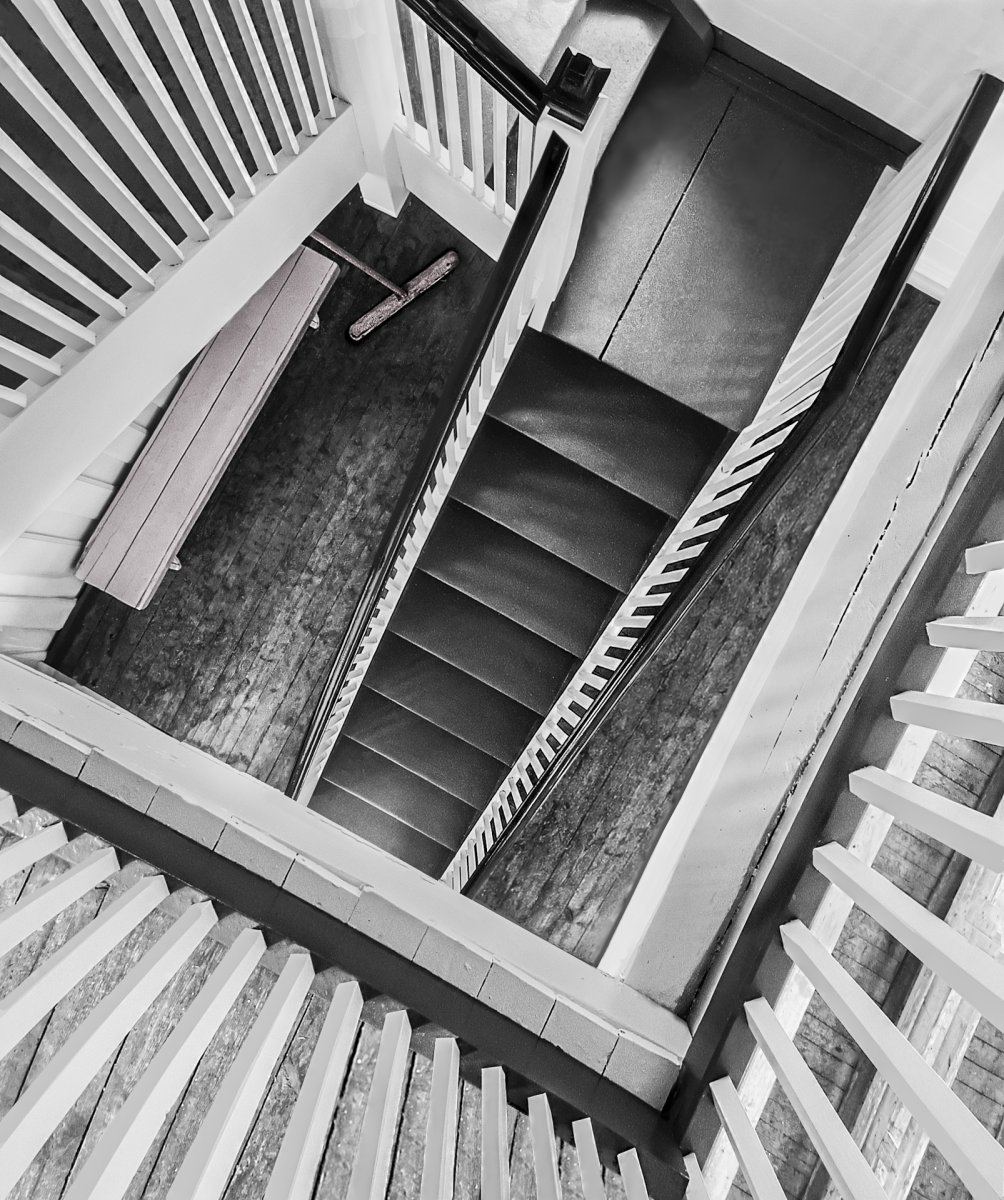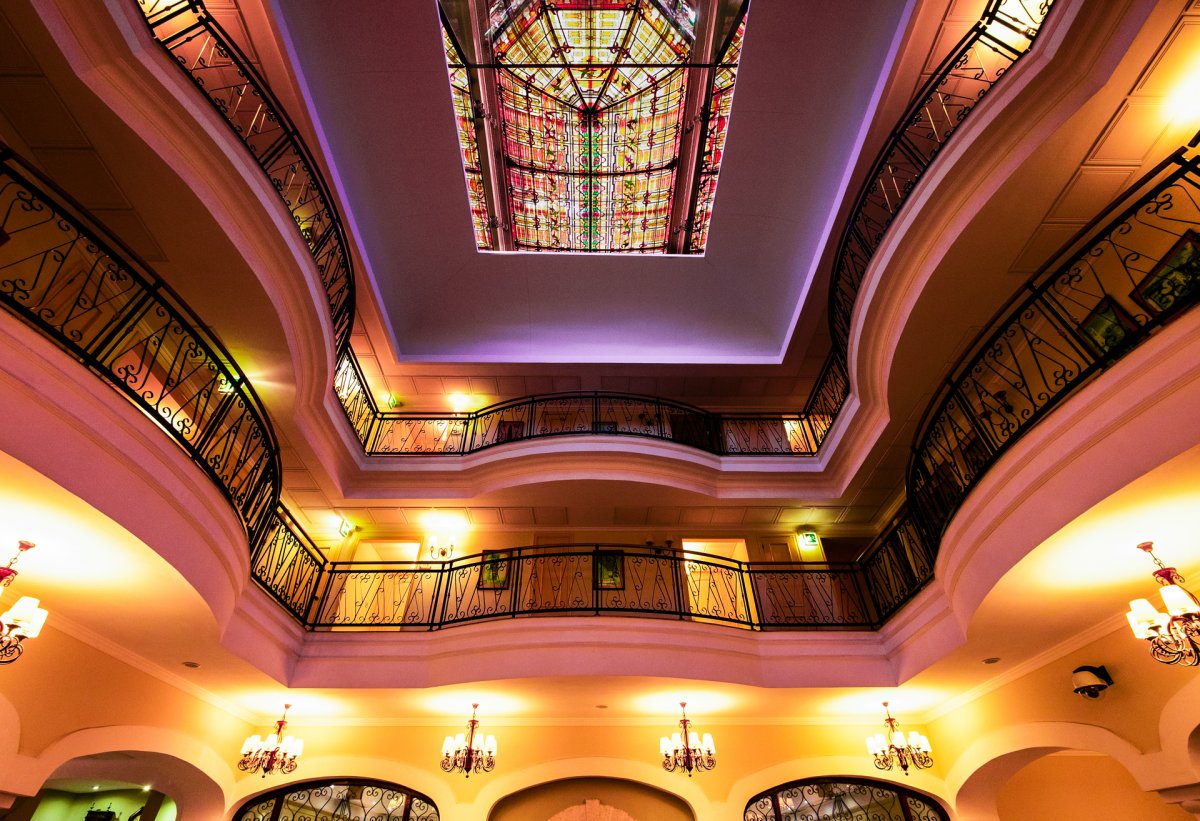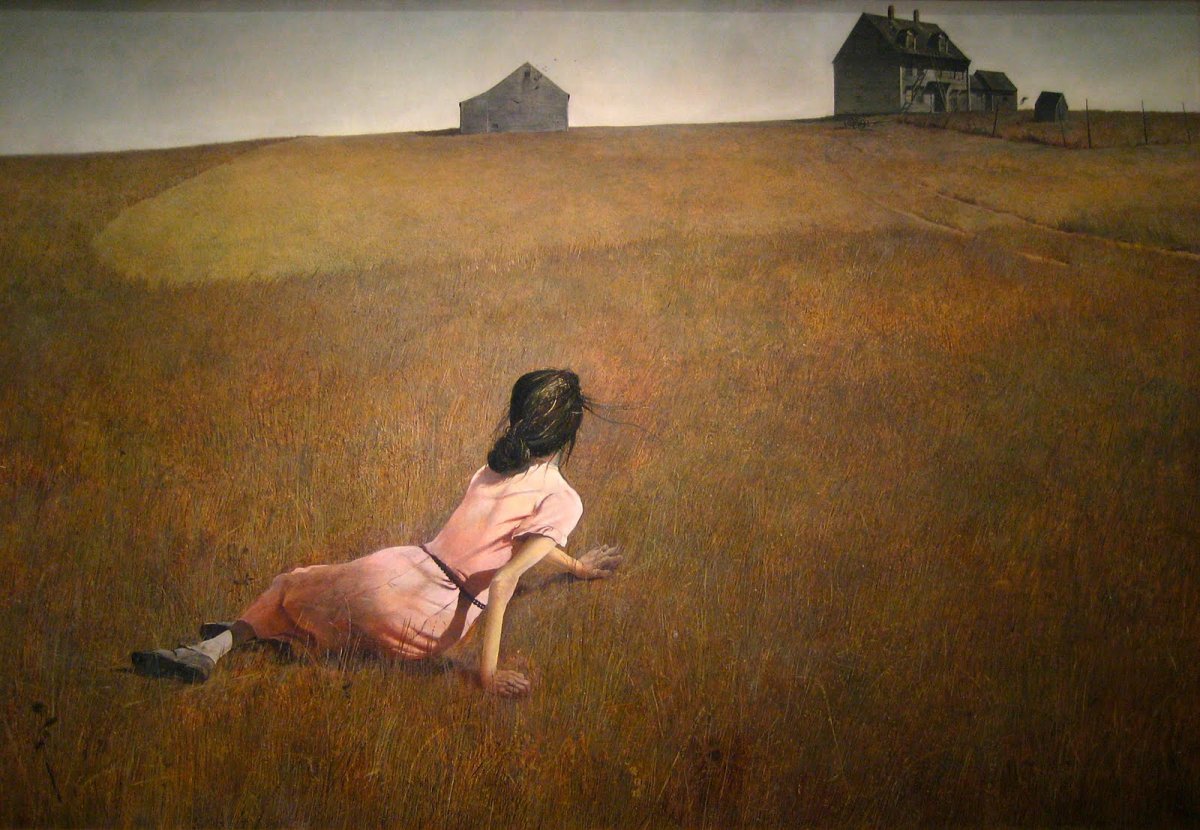Unique Perspectives
Have you noticed that some of the most compelling paintings and photos have unique perspectives? The Lamentation of the Dead Christ by Andrea Mantegna was so enthralling that it shocked his contemporaries. It was too realistic for some. This groundbreaking masterpiece changed the way we look at art forever. One of the most effective formulas for creating an image with impact is to use a unique perspective. A composition that makes heads turn.

The Lamentation of the Dead Christ by Andrea Mantegna
There are many ways to achieve drama and visual impact. For example, shooting downward is something you should always keep in mind. You can do this by shooting from the top of buildings or other public establishments such as hotels, restaurants, observation decks. The top of a spiral staircase as seen in Geometric Vertigo can be especially dramatic and appealing.

Geometric Vertigo by Mike Shaefer
Small aircraft (and drones) are a great way to capture amazing perspectives for all kinds of compositions. Because the plane is constantly moving, it’s not possible to compose as carefully as you would on the ground. The scenes pass by quickly, so think and act fast, use a fast shutter speed (at least 1/500 of a second) and shoot a lot. Since the image elements are far away, depth of field is not a factor (all will be sharp at any f/stop). A 70-200m zoom works well. Try to avoid having to shoot through windows. Ask if the aircraft’s windows can be lowered before you rent. Hot air balloons are also a great way to have fun and acquire unique perspectives. Whenever you can, seek the high ground for elevated viewpoints.
Shooting upward can produce a very distinctive kind of photo and can also be quite dramatic. Ornate and intricate ceilings can make great images. Here, a wide-angle lens of 24mm or less often works best. Using a camera that has an articulated viewfinder (one that swivels) is optimal.
Using a fisheye lens offers a different kind of experience when looking upward (or downward). This is especially true when the subject is round. Fisheyes bend straight lines and produce very stylized images.
A unique perspective that is out of the ordinary and quite intriguing is to shoot face to face with tiny creatures. Most people never stare into the eyes of an insect or a small frog. If you want that unique perspective, it is best to get down to their eye level.
Symmetry
Symmetrical subjects always produce perfect compositions if you do them correctly. The graphic design you end up with is usually beautiful. One of the best places to look for symmetry is in architectural details, such as doors, windows, skyscrapers, ancient ruins, and ceiling patterns. Occasionally you can find symmetry in nature. With hired models or dancers, you can create symmetrical poses. A classic example of compelling symmetry can be found in Perugino’s Delivery of the Keys (to St. Peter - in the Sistine Chapel, Rome). The skillful use of symmetry makes this masterpiece work.

Delivery of the Keys by Perugino
To shoot ceilings with domes, try standing at a point on the floor that is directly beneath the center of the dome. As noted earlier, it is easier if you have an articulated screen or a 90-degree angle finder. It can be difficult to locate the precise center point where the camera should be placed, so here are a few tips to deal with this challenge. Often, floor designs are made to be in sync with the ceiling design. By positioning the camera in the center of the design on the floor, you will likely match the center point of the dome or ceiling. If a floor design is not present or rows of seats fill the space, you can count the seats from one side of the room or the other and place your camera facing up on the middle seat. No matter what method you use, make sure you take several shots to assure you get that strongly symmetrical image.

Hotel Symmetry by Mike Shaefer
Another great place to find symmetry is reflections in calm bodies of water. Reflections make classic shots because of the compositional balance created by mirror reflections of other elements in the scene.
Moving into the Frame
Another excellent traditional compositional guideline available to artists and photographers is exemplified in Andrew Wyeth’s Christina’s World. The key idea in this great masterpiece is that a subject’s gaze (and/or movement) is directed toward the center of the frame or to other important image elements. The center of the frame is the imaginary vertical line that bisects the picture at the midpoint.

Christina’s World by Andrew Wyeth
The photo of the eagle landing is a good example of this compositional principle. The eagle is facing the centerline of the image, and as a result there is a lot of space in front of the bird.

The Landing by Mike Shaefer
With this kind of subject placement, your composition will always look good. It is a superb tool to make your scenes work. This is a guideline that works not only for great painters, but also for photographers.
Previous Composition Articles:
Introduction to Composition -Part One
Understanding Composition from Great Works of Art - Part Two
Comments/Questions? - Contact Mike Shaefer
(Right Click to copy email address.)

